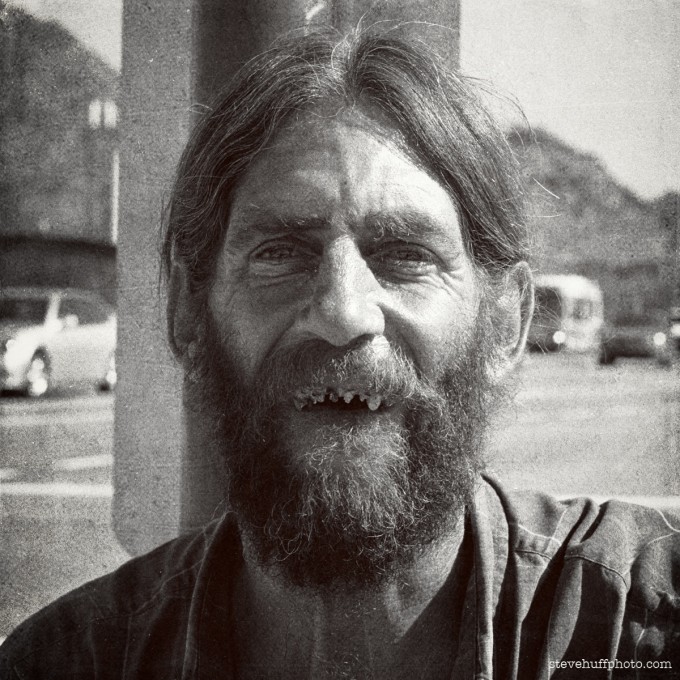I already knew that photographing
homeless people was something that needed to be done sensitively. However, my
research made me realise that I have to be careful and realise I may be
approaching someone who is not in their right mental state. Some may feel that
they are being exploited by someone who may be seen as privileged and starting
out on a career that they will probably not have the opportunity to take part
in. They could even think I am building my career by exploiting them.
John Angulat wrote an article
which included a sentence that I thought was very profound. He said ‘Homeless is a category, not a person.’
He also wrote a poem to accompany the following two image which he had taken, which is very thought
provoking.
If
you passed her by on the street...
…Would
you wish her a Merry Christmas?
…or
take the time to chat?
Maybe
even offer her half of your sandwich?
You
know, she has a name.
She’s
a person. She once had a life.
Now
she’s one of the forgotten.
At
best, a curiosity we might surreptitiously photograph,
At
worst, a blight we feel we should ignore.
She
has a name.
“My
name is Margaret” she told me, “but I used to be called…”
…she
can’t remember.
I
told her “That’s ok, I forget stuff too”.
She
smiled, and ate my sandwich.











